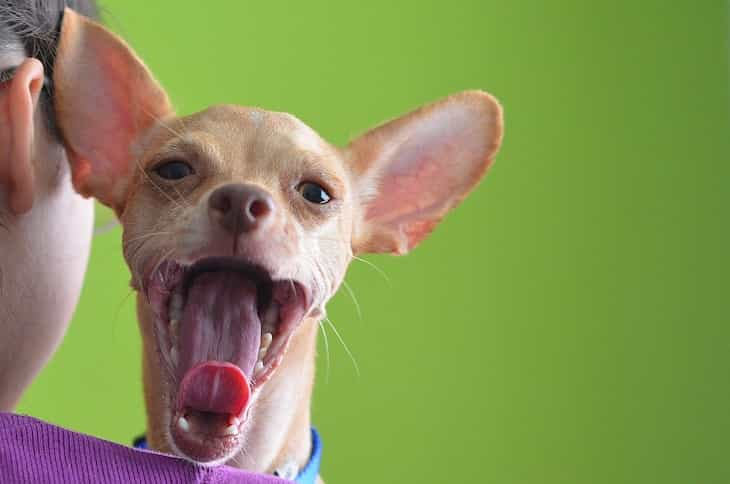Dogs are intelligent and sociable creatures, so they have lots of ways of communication with people.
For instance, when they don't want to get into trouble, they can lie - but how do they learn that?
Let's find out more about how dogs lie.
Observation
Dogs are very observant and watch their owners closely.
They pay attention to their behavior, routines, and reactions to different situations.

Trial and error
Dogs learn through trial and error. They try different behaviors to see how their owners respond.
If a certain behavior gets a positive reaction or reward, they are more likely to do it again in the future.
Associating actions with outcomes
Dogs make connections between their actions and the outcomes they receive.
For example, they may learn that if they act sad or pitiful, their owner may give them extra attention or treats.
Understanding cause and effect
Dogs learn that certain actions lead to specific results.
They can use this knowledge to their advantage.
For instance, a dog may pretend to be hungry or act like they haven't been fed to get an extra meal or treat.
Reading human cues
Dogs are good at reading human body language and facial expressions.
They can pick up on subtle cues that indicate their owner's emotions or intentions.
By responding in a certain way, they can manipulate their owners into giving them what they want.
Learning from past experiences
Dogs have good memories and can remember what has worked for them in the past.
They may use successful deceptive behaviors again if they believe it will lead to a desired outcome.
Bond and understanding
Dogs have a special bond with their owners. They can sense their moods and emotions.
This understanding helps them manipulate their owners by appealing to their emotions or exploiting their weaknesses.
Recently, we talked about raccoons.









